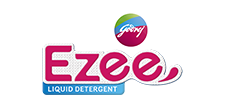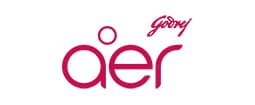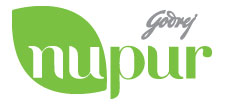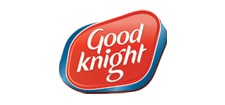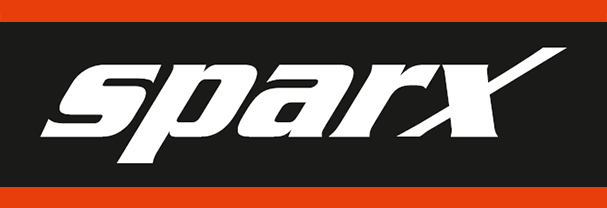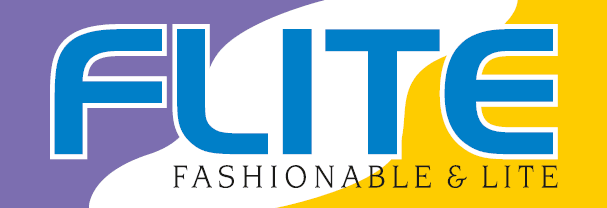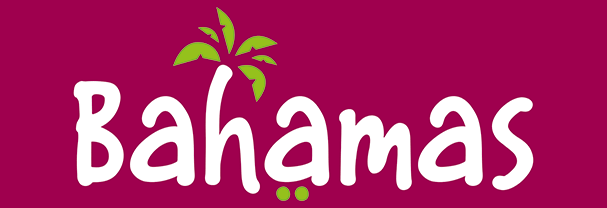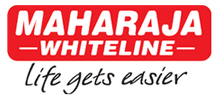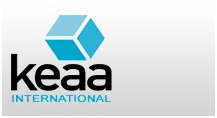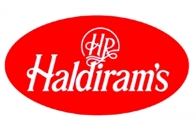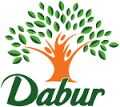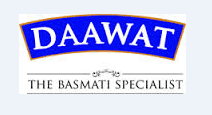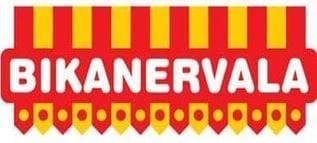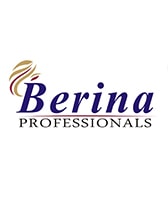Blog
What amounts to Deceptive Similarity- A case study
In the present case, The Bombay High Court pondered on the matter of a trademark that is deceptively similar with regard to its essence and identity and ruled in favor of the plaintiff on all counts.
Brief Description of the case- The marks A and B were registered by X as Class 5 which pertains to treatment of patients suffering from anemia or deficiency of iron. The commodity was a film coated capsule that was given to orthopedic patients as an iron supplement and also by gynecologists as a folic acid and Vitamin B supplement. The FDA granted a license to X for the manufacture of the drug and production began the same year.
X soon discovered that an advertisement issued by Y pertained to a similar class 5 product as their own in no. 1371 of the trademark journal under the mark name “C”. Subsequently, X sent a cease and desist notice to Y and thereafter challenged Y’s registration application. Thereafter a second cease and desist notice followed and after no avail a suit for infringement was filed on. The Decision of the court was in lieu of a Notice of Motion requesting injunction to the defendants to stop manufacture and production or any kind of advertising related to their product which carried the disputed trademark.
The court had the following questions before it – Firstly, Is the Mark belonging to Y actually deceptively similar to that of X? – The court held that the only to test to ascertain if a mark is deceptively similar is to juxtapose the two marks in question and then consider as to the effect that follows as a result on an average person’s mind. By administering this test the court reached the conclusion that in cases where the entire mark of another is used including even minute details then deceptive similarity can be established. The court then administered a phonetic test as is precedent and again found that the mark was deceptively similar. Secondly the court had to decide if there were other trademarks that contained the letters and if so then such use was an infringement of the X’s trademark- On this the court said that it did not matter if other marks contained such letters but the fact that the defendant had infringed the plaintiffs mark was of utmost relevance so as to enable the consumer to report fake products
Finally the court held that Positive acts are required to constitute acquiescence for investigators brand protection and stated (Quote) “Essential to the acquiescence doctrine is that it is accompanied by encouragement or an inducement: he who possesses a legal right must have encouraged the alleged violator of that right in acting to the latter’s detriment, confident in the knowledge that the former is not asserting his rights against the violator.” Considering these factors the court ruled in favor of X.
My Caring Brands
Brands and Fakes has aligned the capabilities of the service delivery eco system with the industry verticals, so that the Brands under various industry verticals and sub verticals are able to get services from expertise in their specific domains.
 Android
Android



